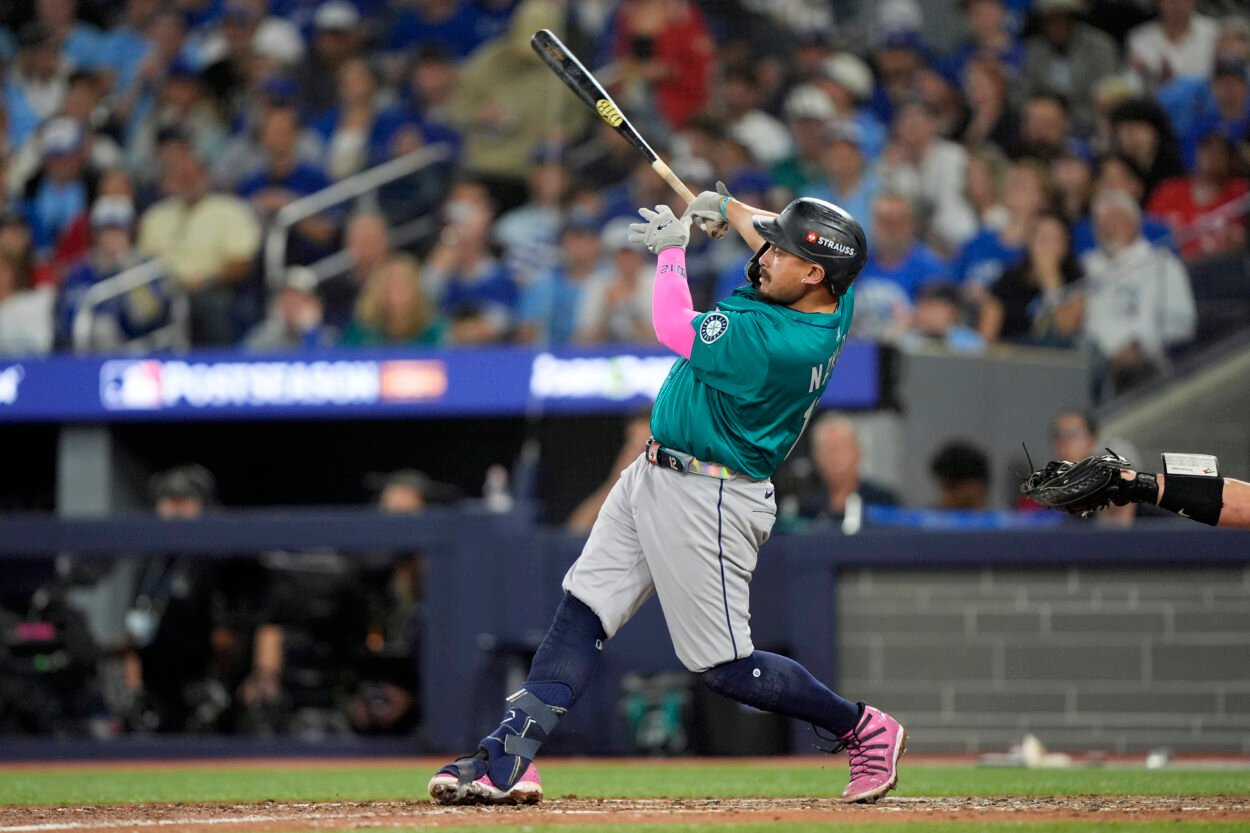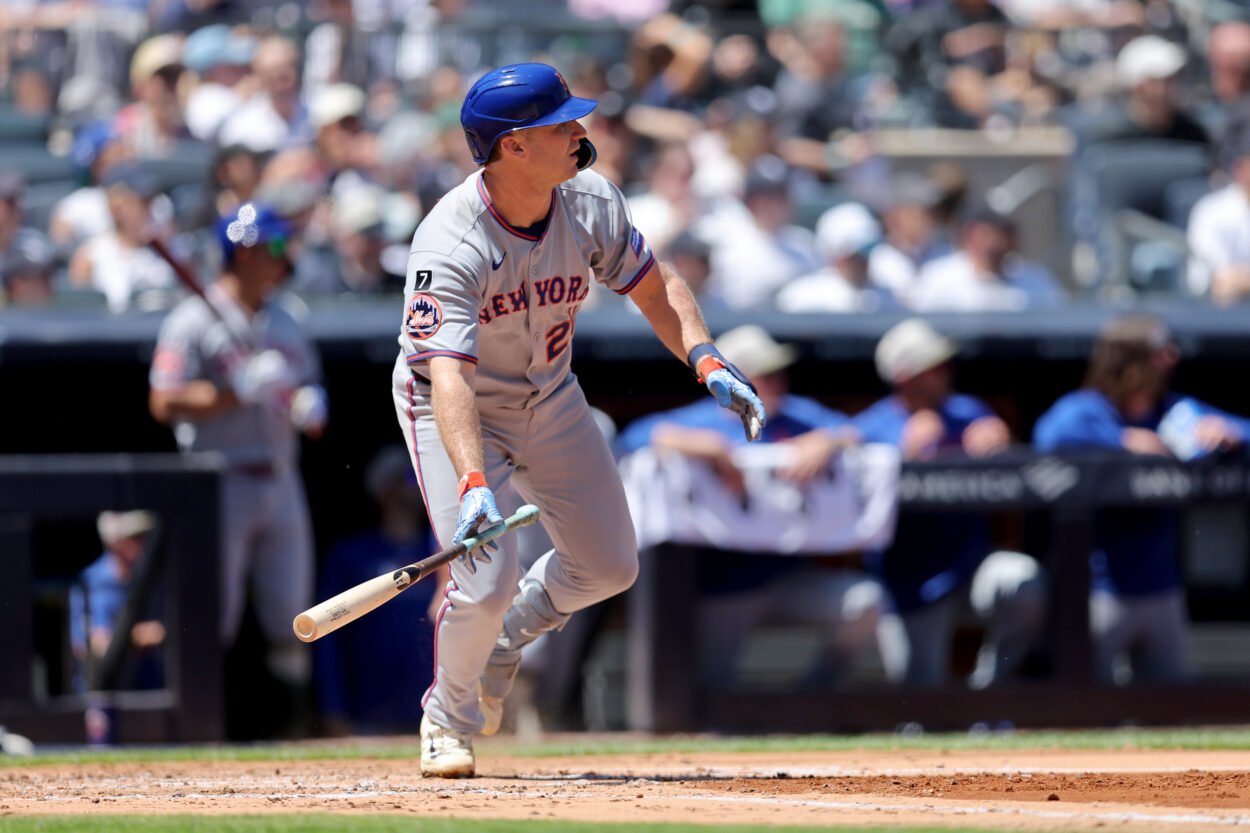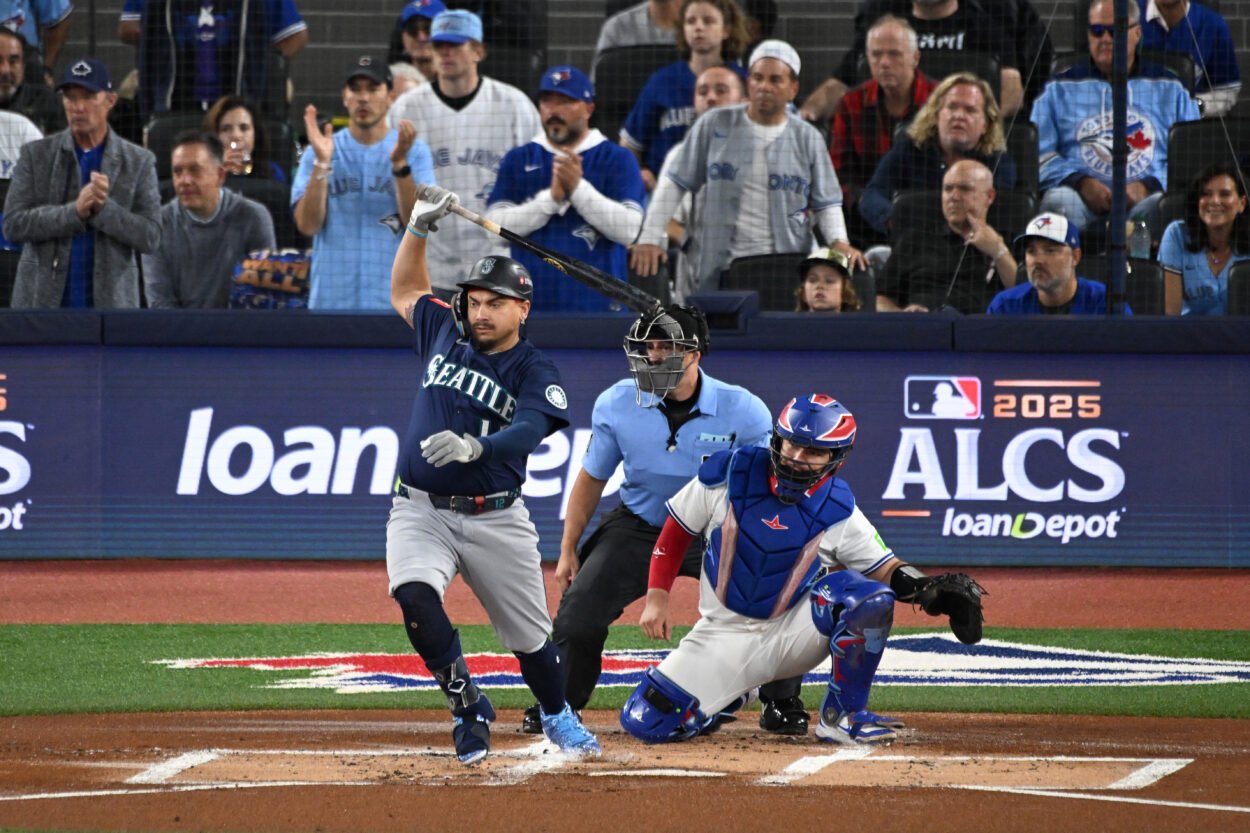
The New York Mets are staring down one of their biggest offseason questions — what to do at first base. Pete Alonso has been the face of their power for years, but with free agency looming after he’s expected to opt out of his 2026 player option, the Mets have a tough decision to make.
Alonso, now 30, is coming off a season that perfectly summed up his value. He bet on himself — and won. The slugger hit .272/.347/.524 with 38 home runs, 126 RBIs, and a 141 wRC+, proving once again he’s one of the league’s premier run producers. For a franchise that’s often lacked consistency, Alonso’s bat has been the constant heartbeat.
But every bet comes with a price.

Alonso’s market value and the Mets’ dilemma
With his production, Alonso is likely eyeing a contract in the neighborhood of four years and $110 million — about $27.5 million per season. It’s a fair number for an elite power hitter in his prime, but the Mets may question whether investing that heavily in a first baseman fits their long-term blueprint.
Alonso’s bat remains elite, but his defense continues to lag behind. He posted -9 defensive runs saved and -9 outs above average this season, ranking among the weakest fielders at his position. When a team is built to win through balance and efficiency, that can be hard to ignore.
A younger, cheaper alternative in Josh Naylor
If the Mets want to retain offensive punch while improving their infield defense, Josh Naylor could be the answer. The 28-year-old left-handed hitter enjoyed a breakout year split between the Diamondbacks and Mariners, hitting .295/.353/.462 with 20 home runs, 92 RBIs, and 30 steals — an unexpected wrinkle that added a new dimension to his game.
Defensively, Naylor isn’t a Gold Glover, but he’s solid. Over 1,081 innings at first base, he posted -1 defensive runs saved and +1 outs above average — far better marks than Alonso’s. He brings versatility, better athleticism, and a more balanced offensive profile that fits modern lineup construction.
And then there’s the cost. Naylor is projected to earn around $52.5 million over three years, or roughly $17.5 million annually. That’s $10 million less per year than Alonso, which could be the difference between signing one player and adding two or three key contributors.

Balancing loyalty with logic
Alonso has meant a lot to the Mets — both in the clubhouse and to the fan base. He’s a homegrown star who represents the power and personality of the team’s recent identity. But baseball is a business built on timing, and sometimes, loyalty runs headfirst into reality.
Josh Naylor may not have Alonso’s home-run totals, but his combination of contact hitting, defense, and affordability makes him an intriguing pivot point. The Mets could reallocate that extra cash toward shoring up the rotation or adding bullpen depth — areas that have haunted them for years.
The front office has to decide what matters more: paying for proven star power or investing in balance. Either way, first base is no longer just a positional question for the Mets — it’s a statement about what kind of team they want to be.
